Applying salt from onion fly
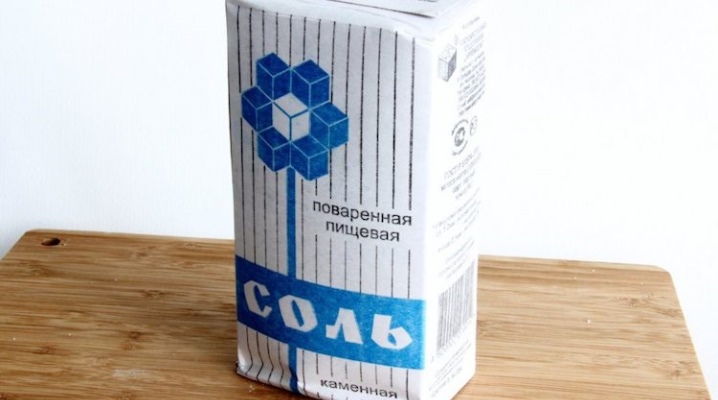
Spring is not only the time for planting plants in the ground, but also when various insect pests wake up after a long hibernation. One of the most dangerous pests is the onion fly, which is difficult to get rid of.
For a long time, both experienced gardeners and amateurs flatly refuse chemical preparations, preferring folk methods. Table salt is one of the most effective ways to get rid of onion flies both in the greenhouse and outdoors. How to do it? You will find answers to all your questions in this article.
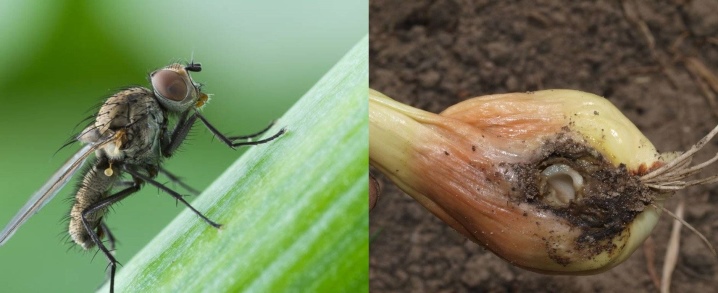
How does salt work on an onion fly?
First, let's figure out what an onion fly is. It is an insect that is very easy to confuse with a common fly. But onion multiplies very quickly and causes great harm to the plant. It can be recognized by its external features:
- the size of an adult does not exceed 7 cm;
- the color is ash gray or yellow gray;
- two transparent wings with several longitudinal veins; the edges of the wings are fringed.
It is worth noting that, despite the name, the insect can harm not only onions, but also other crops, for example, garlic, lettuce and bulbous flowers. Most often tulips suffer from insects.
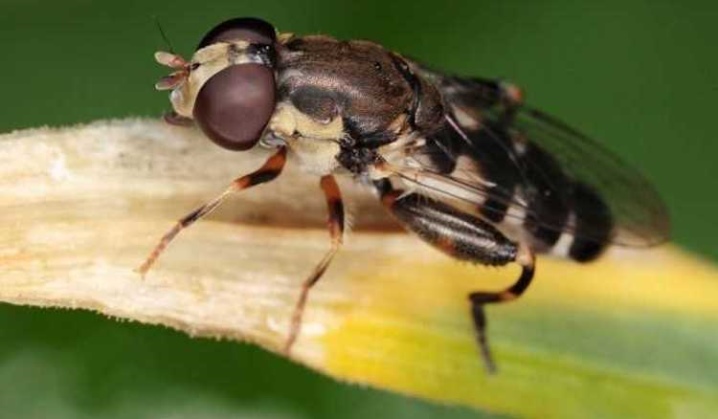
The onion fly hibernates deep underground, where it lays offspring. Under favorable climatic conditions, an adult can make 2-3 clutches per season, each of which will contain about 15-20 eggs. In soil with a high moisture coefficient, from 60% to 80%, fly offspring develops very quickly. After 10 days, larvae can hatch from the eggs. These are worms that begin to eat the root system of plants. And after 20 days, young individuals themselves are able to lay offspring.
From this we can conclude that if you do not start fighting the onion fly in time, its population will increase every day. And this will lead to the complete destruction of the culture, that is, the entire harvest is under threat.

There is one proven folk remedy that can help get rid of onion flies and that is table salt. How to understand that a plant needs to be treated with a saline solution? You need to carefully examine it from April to June. It is during this period that the activity of the insect is most noticeable. If the onion is infected with a parasitic insect, the plant changes:
- slows down the mouth and the development of culture;
- green feathers and arrows of the plant wither, turn yellow and dry out before the allotted time;
- an unpleasant smell of rot appears;
- the bulb itself becomes soft and begins to rot;
- many white larvae, worms form inside the bulb;
- larvae accumulate at the root of the plant.
All this indicates that the plant is suffering from the attack of the onion fly. And as soon as you notice that at least one of the above signs appears on the plant, you need to immediately start fighting.
Why exactly saline solution can help fight the pest? Everything is very simple. The fact is that salt, even in small concentrations, changes the structure and properties of the soil. The soil in which it is present is called saline, and the amount of moisture in it decreases. In such soil, the onion fly cannot survive and lay offspring.
You cannot overdo it with the amount of salt, you can harm the soil.But if you prepare the solution correctly and apply it properly, you can get rid of the pest very quickly and effectively.
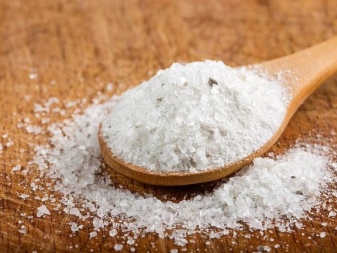
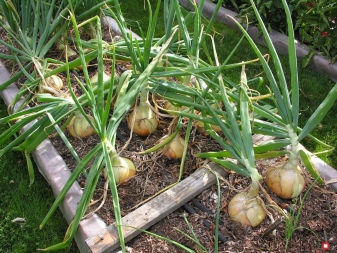
How to prepare the solution?
Saline solution is an effective and very affordable method for controlling onion flies. Someone claims that you can simply sprinkle onions with salt, but this is not the case. There are clear proportions for the preparation of the irrigation solution, and they must be adhered to, and if you just take table salt and pour it between the beds, and then pour it with water, you can not guess with the amount of ingredients.
There is a recipe: Dilute 200-300 grams of sodium chloride in 10 liters of tap water until completely dissolved. For greater efficiency, it is advised to add a few drops of ammonia or grated laundry soap to the solution. There is no need to insist on the solution. Once all the ingredients are mixed, you need to start watering.
Advice: it is not recommended to use sea or extra salt instead of table salt, these species are more concentrated, and this can lead to disruption of plant development.
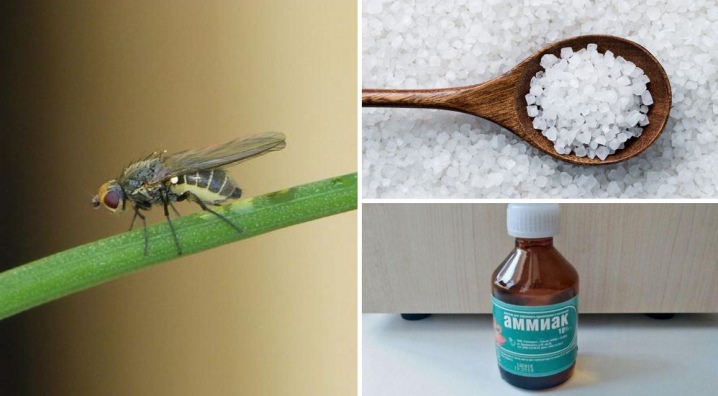
How to deposit?
We have already determined that the saline solution can be effective against onion flies, but at the same time, if it is not properly prepared and applied to the soil, it can cause deterioration of the plant.
There are certain rules and norms for watering, which are developed by experienced gardeners, taking into account their personal many years of experience.
Let's take a closer look at how you need to water the soil, how much to use the solution and how often you can resort to this method of struggle.
Frequency
It was experimentally found that to achieve the most effective result, watering with such a tool can be done only three times per season:
- first time, when the length of the plant feathers has reached 10 mm;
- second phase can be performed three weeks after the first, already on this segment you can achieve quite good results, destroying both adults and their larvae;
- last, third, watering is possible after at least 2 weeks after the second, it makes it possible to completely get rid of the pest.

Norms
There are also certain watering rates that are important to observe, as well as the frequency. Moreover, each time you need to prepare a new solution, the number of ingredients in which changes:
- for the first watering, you need to use a maximum of 300 grams of salt and 10 liters of water;
- the number of components of the solution for the second stage increases, in this case you need to take more salt, 350-450 grams, the amount of water remains the same - 10 liters;
- the third watering solution is the most concentrated, the amount of required salt is 600 grams for the same 10 liters of water.
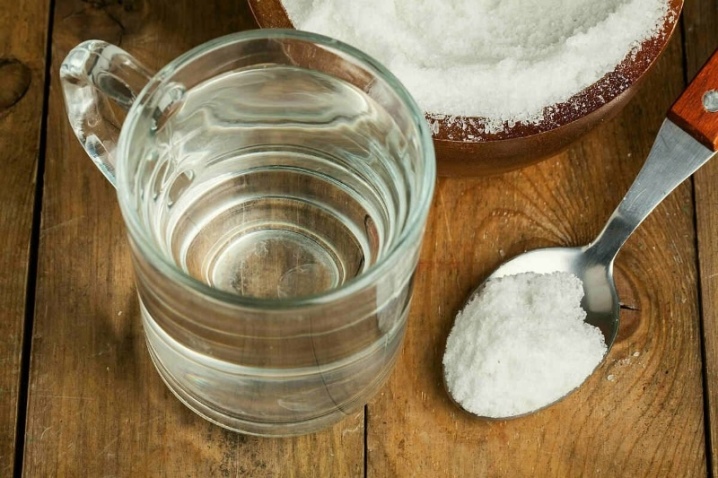
The ways
Most often, in practice, the most common watering cans or bottles are used to treat onions with a saline solution. The liquid is poured into a container and the soil is treated.
You can treat the soil with salt water and spray the crop itself, but with a weaker solution so that burns do not appear.
It must be remembered that watering is best done in the evening or early morning so that the water is absorbed into the ground and moisture remains in the soil... After about 6 hours after processing the crop, you need to fill the soil well with ordinary running water. This should be done after each stage of processing the garden.
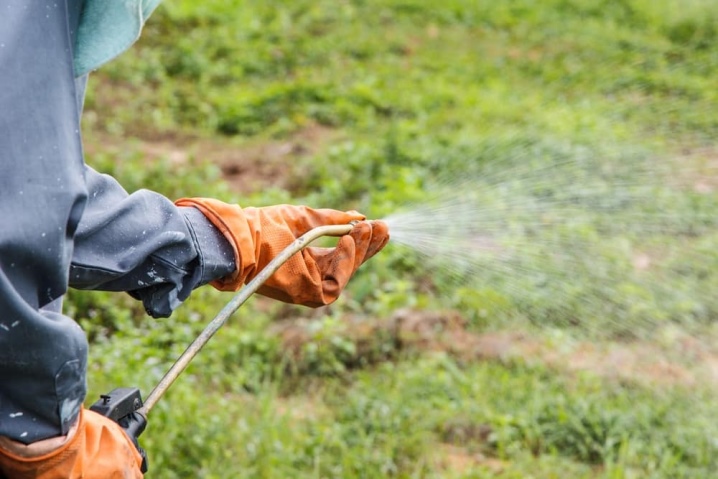
Experts also recommend taking preventive measures between onion treatments with saline:
- apply fertilizers that will nourish both the soil and the crop itself with the necessary trace elements and nitrogen;
- keep the garden clean - remove weeds, make sure that a hard crust does not form on the soil surface;
- definitely needed periodically loosen the soil this will facilitate the penetration of the required amount of oxygen into the soil.
In order to minimize the possibility of an onion fly appearing on your beds, you need to follow certain rules at the planting stage.
The distance between onion rows should be at least 20 cm. It is advisable to plant onions near tomatoes or carrots. The smell of these vegetables is unacceptable to insects.
After harvesting, thoroughly process the soil with copper sulfate.
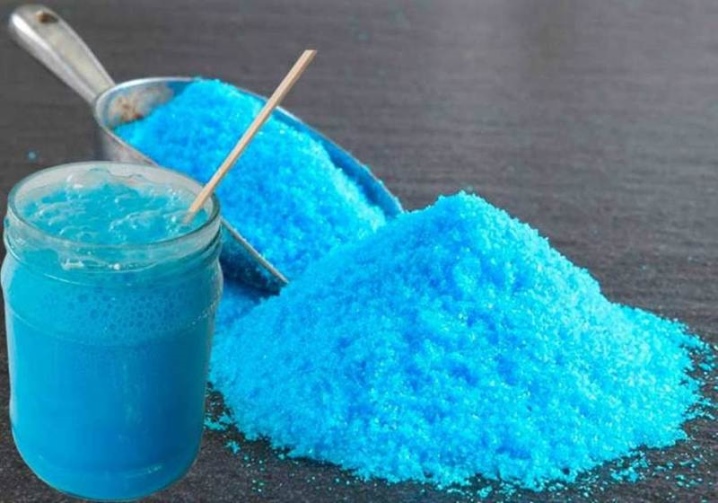
Before planting, some experienced gardeners soak onion sets for 12 hours in a solution prepared at the rate of 1 glass of salt per bucket of water... The planting material will initially be well salted, so the larvae will have to stay away from the plants.
In specialized magazines and newspapers, on forums on the Internet, there are still disputes about this method of dealing with a pest. Some growers argue that salt will harm both the soil and nature in general. Others, on the contrary, praise the method, showing off the harvest: green arrows that have reached 85 cm, and very large heads. They say that sodium and chlorine in salt affects vegetables not even as a fertilizer, but as a growth stimulant. That is, you can defeat insects and improve the harvest. They never came to a common opinion, so everyone will have to decide for themselves whether to use a salt solution in their garden or not.
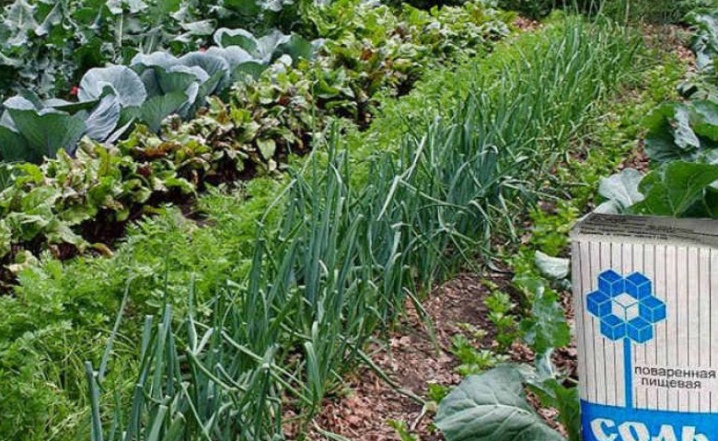
For information on how to use onion fly salt, see the next video.













The comment was sent successfully.